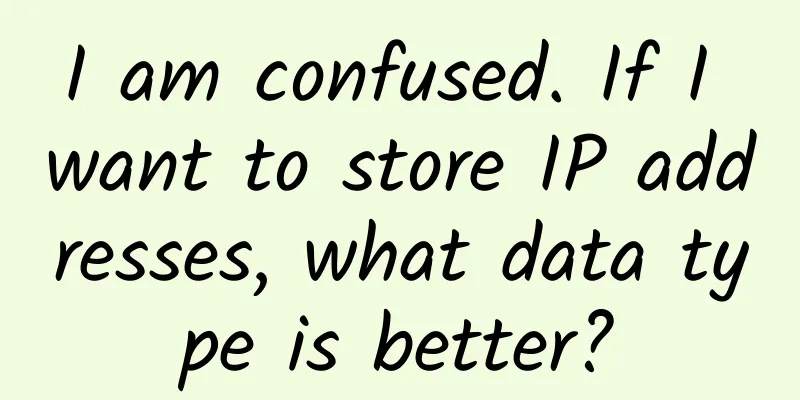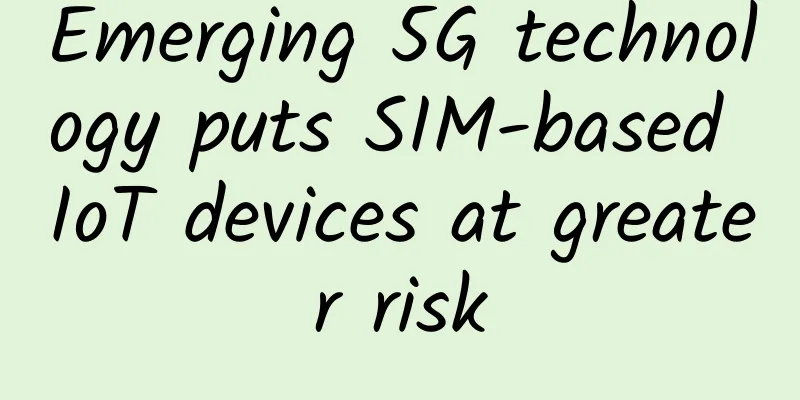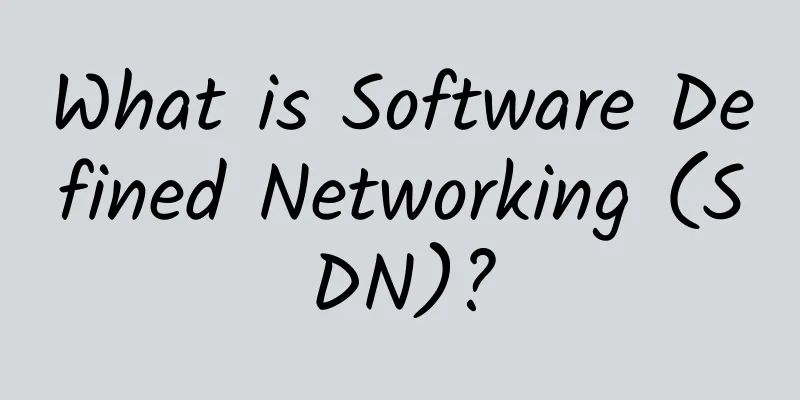I am confused. If I want to store IP addresses, what data type is better?

|
When it comes to IP addresses (IPv4), common IP addresses such as 192.168.0.1 and 127.0.0.1 will immediately come to mind. Then, considering the question "What data type is used to store IP addresses in MySQL?", the char string type will be used. The interviewer looked indifferent, and you immediately realized that something was wrong and thought about it carefully. Then I found that the length of this IP address varies. The shortest can be 0.0.0.0, which only requires 7 bits, and the longest can be 255.255.255.255, which requires 15 bits. So I confidently answered to use varchar(15) to store the IP address, and secretly delighted myself that I could think of this. Unexpectedly, the interviewer smiled contemptuously and asked you "Are you sure?" You thought that the interviewer was testing you, so you answered firmly "Yes". Then we started the next question ...... People often use varchar(15) columns to store IP addresses, but this is not the optimal solution. The essence of an IP address is a 32-bit unsigned integer. The dotted decimal string format like 192.168.0.1 is just to help people understand and remember. The decimal representation of 192.168.0.1 is the unsigned integer 3232235521. Therefore, when people say that IP addresses are stored in string type, they actually subconsciously think that IP addresses are strings and store dotted decimal strings, but the correct method is to store 32-bit unsigned integers. The so-called signed number actually uses the highest bit as the sign bit. For example, for a 32-bit signed INT, the highest bit is the sign bit, and the remaining 31 bits are the actual value. Therefore, the value range of a signed INT is: The value range of unsigned INT is: The following table lists the signed and unsigned value ranges of various integer types in MySQL. When defining a table, you can add the keyword UNSIGNED after the data type to define an unsigned integer, otherwise the default is a signed integer:
Combined with the above table, we can see that a 32-bit unsigned INT can just hold an IPv4 address. The following is a comparison between the two data types: INT UNSIGNED and VARCHAR(15):
MySQL very considerately provides the conversion functions between IPv4 address dotted decimal and unsigned integer, inet_aton and inet_ntoa (the underlying operation is binary shift, which is very fast): Of course, you should perform these conversions in your business to reduce the pressure on MySQL. |
<<: A magical little tool that turns URL addresses into "ooooooooo"
>>: Application of 5G in the Public Sector of Future Smart Cities
Recommend
Why can't I decrypt with the public key when I encrypt with the public key?
When you first came into contact with HTTPS, were...
Large-scale replication is the key to the development of 5G industry applications
The Ministry of Industry and Information Technolo...
From CDN to edge computing, which one is closer to the water?
Since the birth of CDN, there have been three gen...
How many HTTP requests can you guess on a TCP connection?
A classic interview question is what happens from...
AkkoCloud: UK/Germany/US CN2 GIA line starting from 99 yuan/quarter, 500M large bandwidth CN2 GIA
Friends who need CN2 GIA line hosts can pay atten...
2.4G or 5G? Do you know the difference between Wi-Fi frequency bands?
Overview The 2.4G and 5G mentioned in the title r...
DiyVM: Hong Kong VPS 50% off monthly payment starting from 50 yuan, dual core/2G memory/50G hard disk/2M bandwidth/CN2 line
The tribe has shared information about DiyVM many...
To accelerate 5G innovation and monetization, Ericsson and several operators jointly established a network API company
According to foreign media reports, communication...
DesiVPS: $15/year KVM-1GB/15GB/2.5TB/Los Angeles & Netherlands Data Center
Tribe shared information about DesiVPS last year....
Five CDN trends that enterprises need to track
Surging video traffic, a surge in work-from-home ...
The future is here. How can operators accelerate innovation in blockchain applications?
At present, there are more than 1,400 blockchain ...
Unified Communications Market Trends Drive Spending Growth
Investment in on-premises unified communications ...
ZJI: Hong Kong Kwai Wan independent server 450 yuan/month from 450 yuan/month, E3-1230/16G memory/480G SSD/CN2 line
ZJI has launched this month's regular promoti...
Megalayer Summer Promotion: US servers start from 99 yuan/month, Hong Kong high-defense servers start from 299 yuan/month
Megalayer launched a summer ice point special off...
Detailed explanation of the thread pool principle and how to implement the thread pool in C language
Thread pool is a form of multi-threaded processin...









